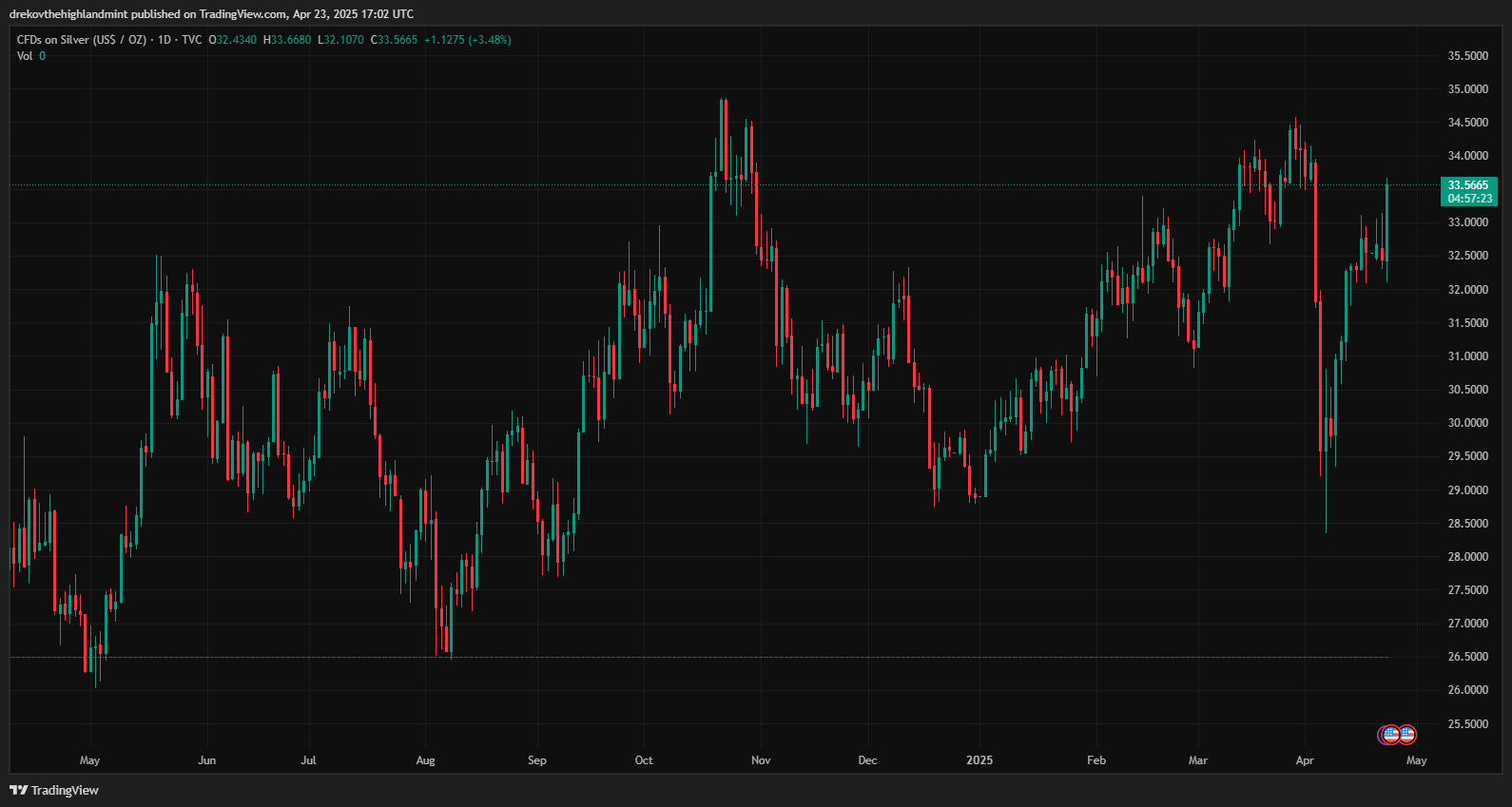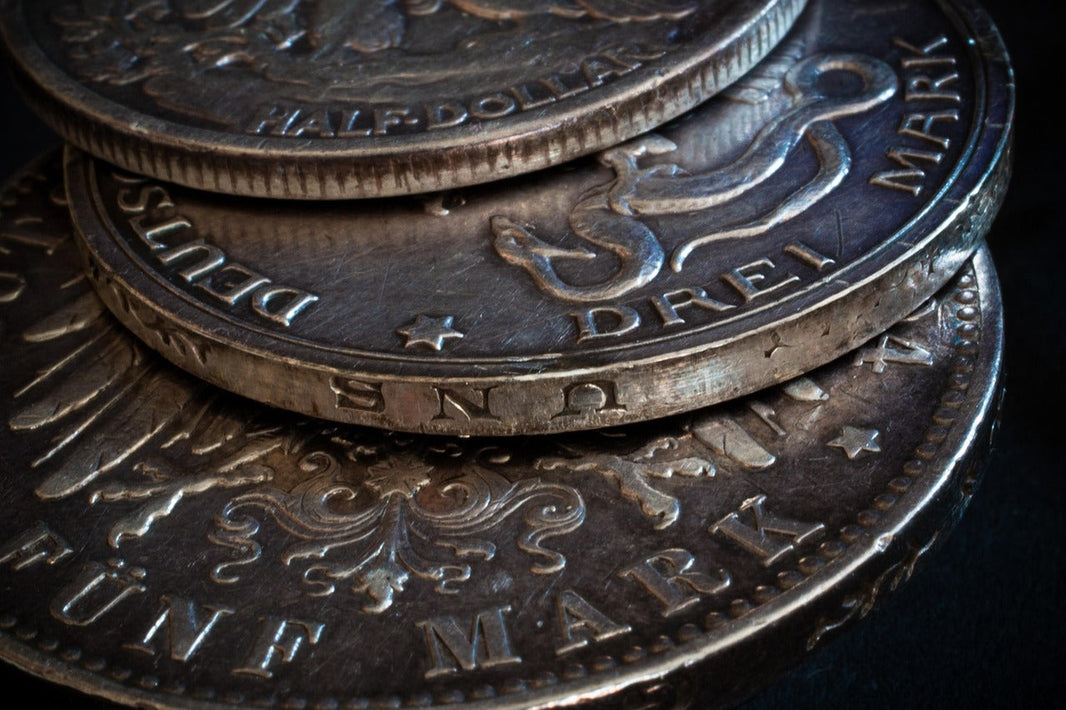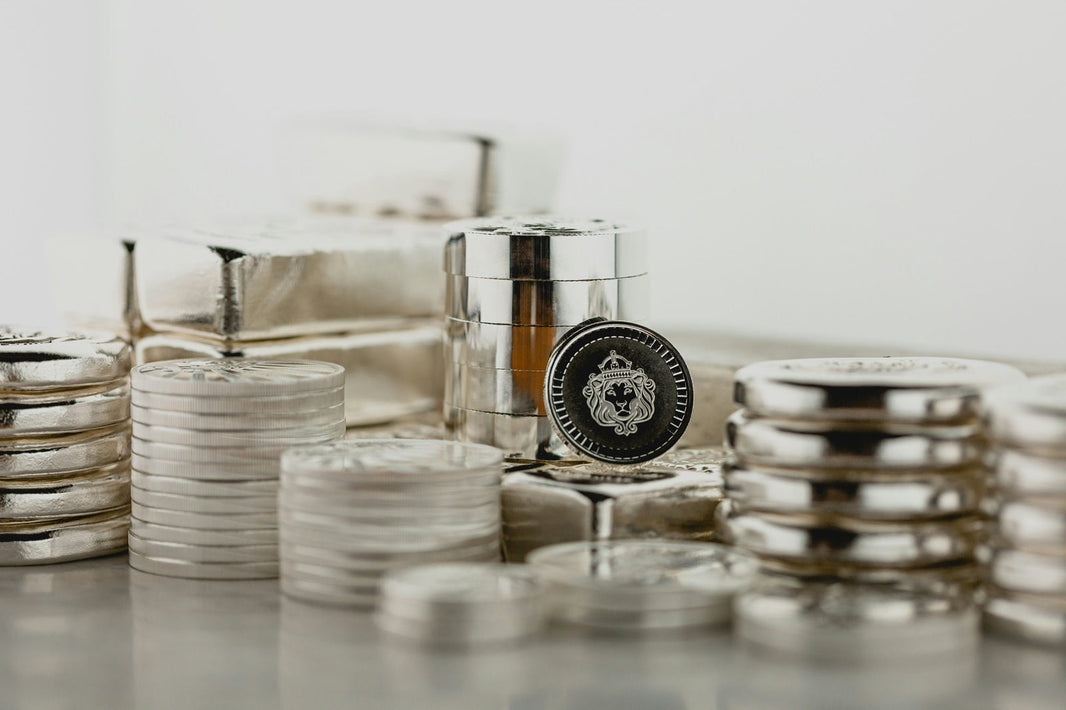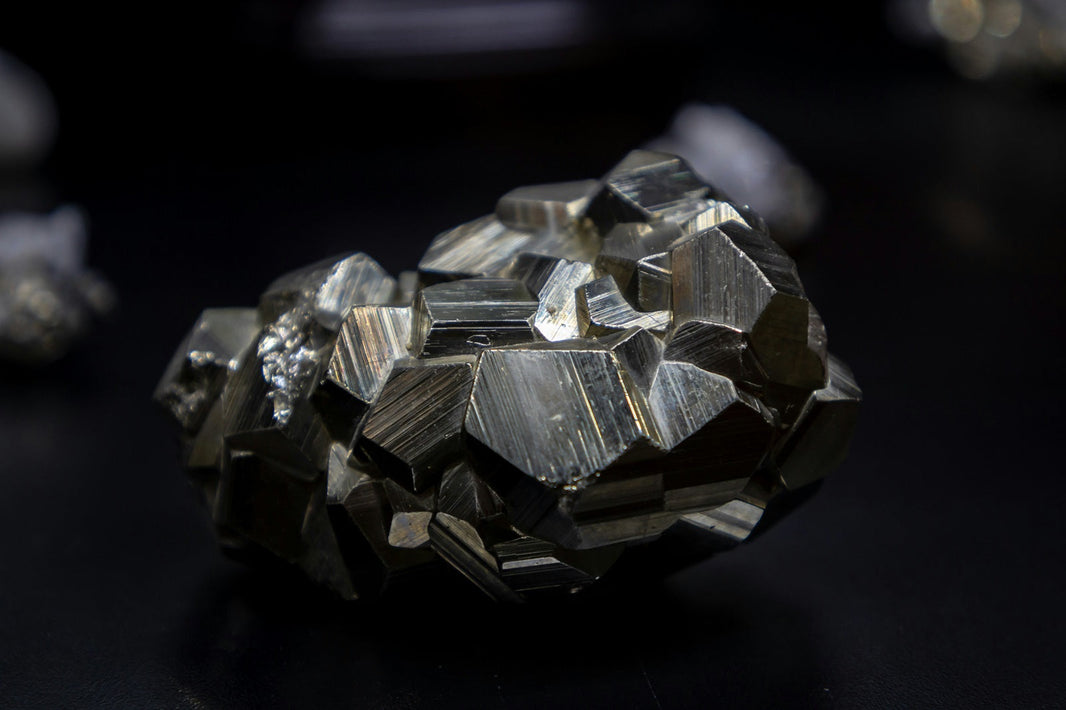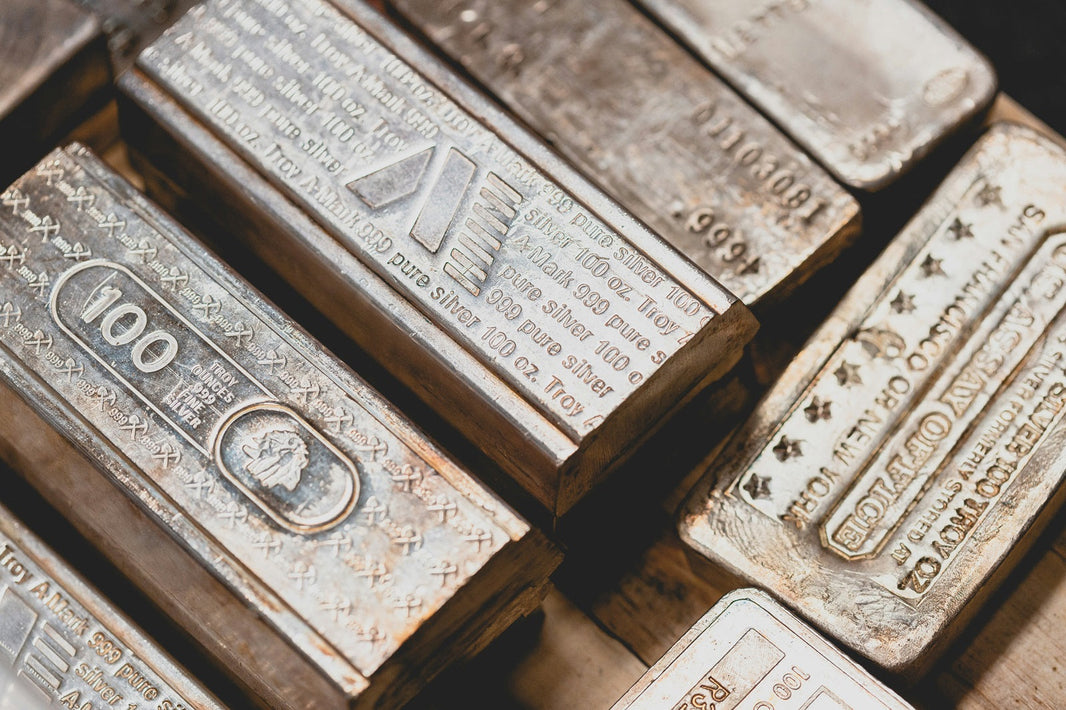Silver Spot Price: Reflects global economy, industry, and investors. This dynamic price is a real-time barometer of the push and pull between industrial consumption, investor appetite for precious metals, and broader macroeconomic conditions.
Silver Demand:
- Industrial: Key due to unparalleled electrical and thermal conductivity (more conductive than any other element, crucial in electronics (smartphones, circuit boards) and the rapidly expanding solar energy sector (silver paste in photovoltaic cells). Silver's antimicrobial properties are also gaining traction in medical applications and textiles.
- Investment: Acts as a safe haven during economic uncertainty (inflation, currency devaluation) and a more accessible precious metal investment compared to gold. Investment demand manifests in physical bullion, silver-backed ETFs (holding significant silver reserves globally), and futures/options trading. Periods of quantitative easing often fuel this demand.
- Jewelry/Silverware: While a smaller portion of overall demand than industry or investment, silver holds cultural significance, particularly in regions like India, and is sensitive to consumer discretionary spending and fashion trends.
- Photography: Primarily relegated to niche scientific and industrial imaging, the silver from discarded photographic materials is now a source of recycled silver.
Silver Supply:
- Mining: Notably, around 70% of silver production is a byproduct of mining other base metals (lead, zinc, copper) and gold. This means silver supply is often less responsive to silver prices alone and more dependent on the economics of these primary metals. Discovering new, economically viable silver-rich deposits is increasingly challenging.
- Recycling: A crucial and growing source, particularly from electronic waste ("urban mining") and industrial scrap. Higher silver prices incentivize the development of more efficient recycling technologies.
- Government Stockpiles: Largely depleted, meaning they have a limited impact on current market dynamics.
External Influences:
- US Dollar Strength: Generally has an inverse relationship. A stronger dollar makes silver pricier for non-USD buyers, potentially dampening demand. Federal Reserve policy and global economic health significantly influence the dollar's value.
- Inflation/Interest Rates: Silver is often viewed as an inflation hedge, though its effectiveness can be complex and influenced by real interest rates (nominal rate minus inflation). Low real rates tend to make non-yielding assets like silver more attractive.
Consumer Price Index:

- Geopolitical Events: Heightened global uncertainty (conflicts, instability) often triggers a "flight to safety," increasing demand for precious metals like silver.
- Market Sentiment: Speculative trading, driven by news, economic data, and technical analysis, can amplify short-term price swings. Social media can even play a role in shaping market sentiment.
- Technology/Substitutes: While new technologies like advanced solar cells boost silver demand, the development of alternative materials (e.g., in electronics) could pose a long-term risk in specific applications. However, silver's unique properties often make substitution difficult.
Future Outlook:
Strong industrial demand, particularly from green technologies, is a key bullish factor. Potential supply constraints due to the challenges of finding new deposits and the byproduct nature of mining could further support prices. Investment demand remains sensitive to global economic and political stability. Analyst forecasts, while varied, often cite these factors for a potentially positive outlook.
Silver's dual nature as an essential industrial metal and a store of value makes its price movements particularly complex and closely watched. Understanding the interplay of these diverse factors is crucial for anyone involved in or observing the precious metals market.


